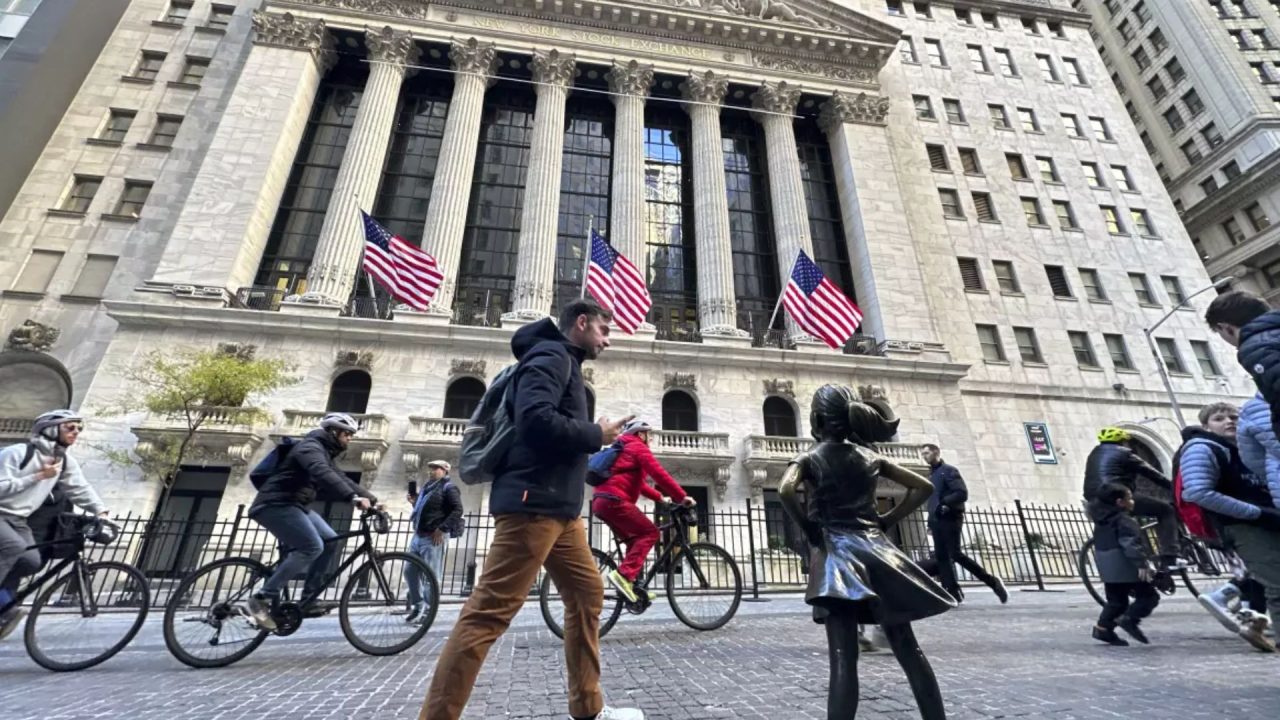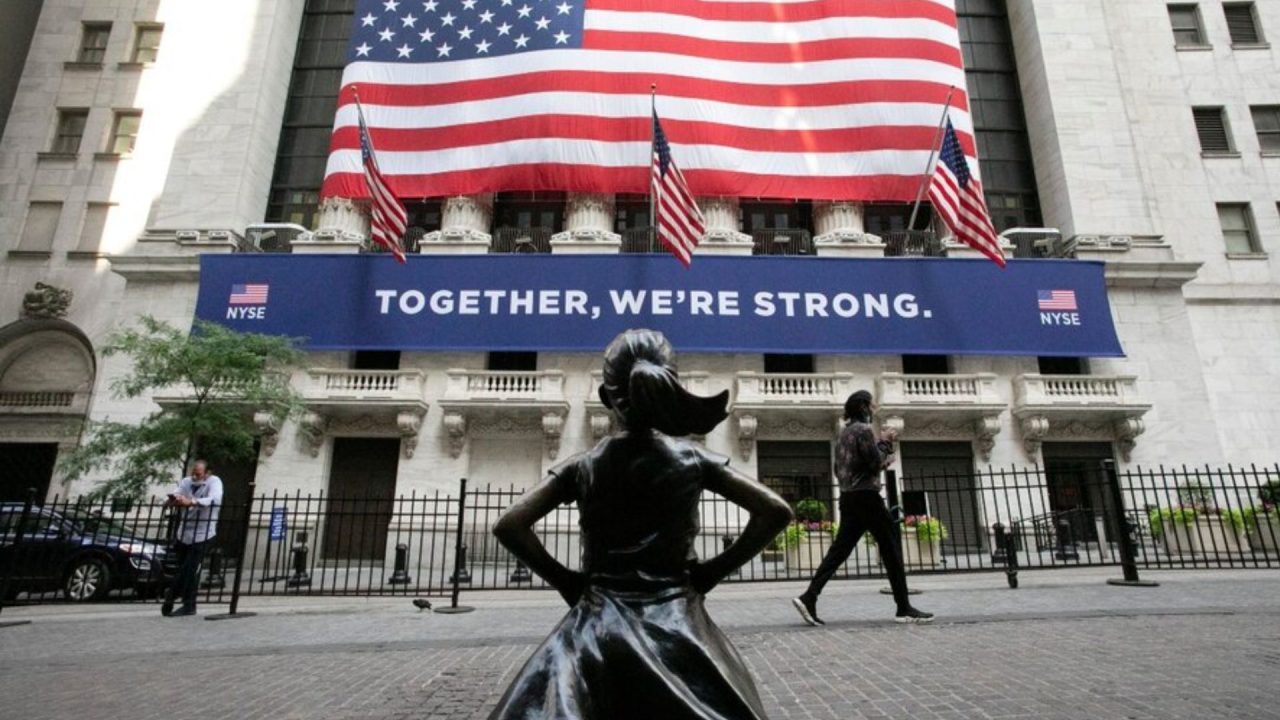Concerns are mounting on Wall Street regarding a momentum trade fueled by options, which has driven the S&P 500 index to historic highs.
The surge in demand for bullish call options, reaching levels not witnessed in years, has prompted analysts to closely monitor Nvidia Corp.’s Wednesday earnings report.
They warn that this event could act as a catalyst to halt the momentum trade, potentially triggering a significant reversal of the market’s rally over the past four months.
Analysts are particularly cautious about the internal dynamics of the options market, where investors have heavily engaged in risky options bets.
Even if Nvidia’s earnings report meets Wall Street’s expectations, the mere fact that the report has been released could trigger a downturn in the main U.S. stock-market indexes, as several derivative-market experts explained to MarketWatch.
According to FactSet data, analysts anticipate Nvidia to report earnings per share of $4.59, representing an astonishing increase of over 700% from the same quarter last year.
This surge in bullish options demand, reminiscent of the 2021 meme-stock frenzy, has reached levels of skew not seen since that period, according to data from Cboe Global Markets.
Unlike the meme-stock era, this options-market frenzy involves stocks heavily weighted in the main market indexes, indicating a shift towards more speculative trading rather than traditional insurance buying, notes Michael Lebowitz, a portfolio manager at RIA Advisors.
Market experts, including Michael Kramer, founder of Mott Capital, believe Nvidia’s earnings report could be a pivotal moment for the market.
Kramer emphasizes that a substantial portion of the S&P 500’s recent advance is attributed to Nvidia, which has already seen a nearly 50% increase in stock value this year.
The skew in Nvidia reached its highest level since June, according to SpotGamma data, indicating that aggressive call buying has been a driving force behind the stock’s recent surge.
The broader market could face a decline next week, alongside Nvidia, as bullish call options tied to major U.S. companies are expected to lose value after the chipmaker’s earnings report.

Once Nvidia’s earnings report is released, implied volatility across the options market is likely to decline. This decrease in implied volatility would make options cheaper, prompting market makers to sell some of the accumulated stocks used to hedge their positions.
Other technology names, such as Advanced Micro Devices Inc. and Arm Holdings, along with major tech giants like Microsoft, are also experiencing extreme call option skew. Traders are betting that Nvidia’s positive performance could lift the broader information-technology sector.
Wall Street has been uneasy about the role of the options market in driving the market higher since October.
Despite reduced expectations for interest-rate cuts by the Federal Reserve and lackluster earnings outside of megacap tech names, the market has experienced a rapid advance. This has left stocks trading at their richest levels relative to expected earnings in over two years.

Mott Capital’s Kramer notes that stocks are trading on multiple expansions rather than earnings momentum, with major equity indexes reaching record territory. The S&P 500’s ratio relative to expected full-year earnings has surpassed 20 for the first time since early 2022, according to FactSet data.
Despite concerns, the momentum in the market has continued, with the S&P 500 and Nasdaq-100 reaching record highs. The forward price-to-earnings ratio for the Nasdaq-100 is even higher, exceeding 26.
While momentum has played a crucial role in propelling stocks higher, timing the reversal of this momentum remains a challenge on Wall Street.
The recent decline in U.S. stocks during the final trading session of the week, snapping five-week winning streaks for the S&P 500 and Nasdaq Composite, highlights the uncertainty surrounding the market.
Looking ahead, aside from Nvidia’s earnings, the upcoming week’s calendar appears light in terms of potentially market-moving events, with the release of minutes from the Fed’s January meeting being a notable exception.


